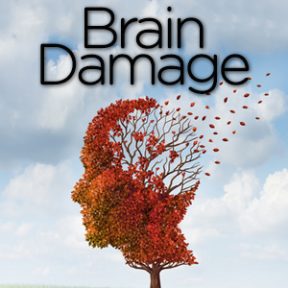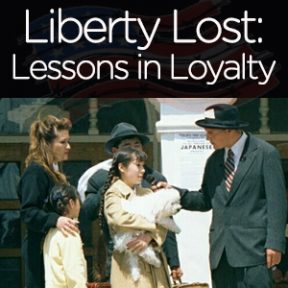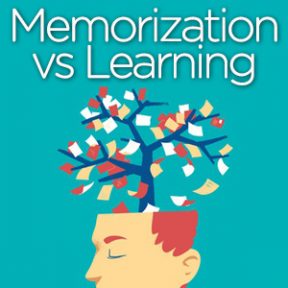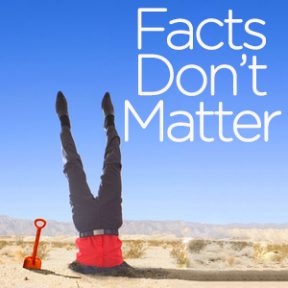 The University of California has just released their 8 essay prompts for their applications. They’ve modified 2 questions but the other 6 remain the same. Like last year, you’ll choose just 4 of the 8 essay questions. Each essay is limited to just 350 words.
The University of California has just released their 8 essay prompts for their applications. They’ve modified 2 questions but the other 6 remain the same. Like last year, you’ll choose just 4 of the 8 essay questions. Each essay is limited to just 350 words.
Freshman Prompts:
1. Describe an example of your leadership experience in which you have positively influenced others, helped resolve disputes or contributed to group efforts over time.
2. Every person has a creative side, and it can be expressed in many ways: problem solving, original and innovative thinking, and artistically, to name a few. Describe how you express your creative side.
3. What would you say is your greatest talent or skill? How have you developed and demonstrated that talent over time?
4. Describe how you have taken advantage of a significant educational opportunity or worked to overcome an educational barrier you have faced.
5. Describe the most significant challenge you have faced and the steps you have taken to overcome this challenge. How has this challenge affected your academic achievement?
6. Think about an academic subject that inspires you. Describe how you have furthered this interest inside and/or outside of the classroom.
7. What have you done to make your school or your community a better place?
8. Beyond what has already been shared in your application, what do you believe makes you stand out as a strong candidate for admissions to the University of California?
Transfer Prompts:
Required question for transfer students:
1. Please describe how you have prepared for your intended major, including your readiness to succeed in your upper-division courses once you enroll at the university.
Choose any three of the following seven prompts:
1. Describe an example of your leadership experience in which you have positively influenced others, helped resolve disputes, or contributed to group efforts over time.
2. Every person has a creative side, and it can be expressed in many ways: problem solving, original and innovative thinking, and artistically, to name a few. Describe how you express your creative side.
3. What would you say is your greatest talent or skill? How have you developed and demonstrated that talent over time?
4. Describe how you have taken advantage of a significant educational opportunity or worked to overcome an educational barrier you have faced.
5. Describe the most significant challenge you have faced and the steps you have taken to overcome this challenge. How has this challenge affected your academic achievement?
6. What have you done to make your school or your community a better place?
7. Beyond what has already been shared in your application, what do you believe makes you stand out as a strong candidate for admissions to the University of California?
Get started on these essays now so you can rework them over the summer. First, make a list of possible topics. Second, make an outline for each topic that includes interesting information that you want to share with UC. And, third, write a rough draft. Save your drafts and revisit them in a few weeks. When you feel that the essays highlight your strengths and feature your stories, ask others to critique and edit them.
Make sure that you write these essays yourself and only get help with editing. College admissions officers recognize essays written by tutors or parents, and you may be denied admission as a result. So, get started now!



 There’s a new, unpatched vulnerability in all versions of Microsoft Word on all versions of Windows. This vulnerability is essentially an open door to your computer for a hacker who knows how to find the door.
There’s a new, unpatched vulnerability in all versions of Microsoft Word on all versions of Windows. This vulnerability is essentially an open door to your computer for a hacker who knows how to find the door.
 Did you know that chocolate was the first stimulant beverage used in Europe? According to Marcy Norton, it predates coffee and tea. Norton wrote Sacred Gifts, Profane Pleasures: A History of Tobacco and Chocolate in the Atlantic World. I don’t drink coffee, but I LOVE my chocolate – in drinks or candy bars. Unlike coffee or tea, it gives me a little energy boost without the jitters!
Did you know that chocolate was the first stimulant beverage used in Europe? According to Marcy Norton, it predates coffee and tea. Norton wrote Sacred Gifts, Profane Pleasures: A History of Tobacco and Chocolate in the Atlantic World. I don’t drink coffee, but I LOVE my chocolate – in drinks or candy bars. Unlike coffee or tea, it gives me a little energy boost without the jitters!
 If you’re like me, you’re excited to hear more about self-driving cars and hopeful that it will save thousands of lives each year. But, you’re also worried that if important decisions like launching nuclear weapons are made by machines, catastrophic disasters may happen because a human being isn’t part of the decision-making process.
If you’re like me, you’re excited to hear more about self-driving cars and hopeful that it will save thousands of lives each year. But, you’re also worried that if important decisions like launching nuclear weapons are made by machines, catastrophic disasters may happen because a human being isn’t part of the decision-making process.
 The University of Queensland researcher Glenn King
The University of Queensland researcher Glenn King 
 15 years ago, Nicole, Jaclyn and I worked with the JACL (Japanese American Citizen’s League) to re-enact the internment of Japanese Americans during WWII.
15 years ago, Nicole, Jaclyn and I worked with the JACL (Japanese American Citizen’s League) to re-enact the internment of Japanese Americans during WWII. 

 Ever since Google and the internet emerged, it’s created a huge paradigm shift in what is important to memorize. Sure, back when I was a kid in the ‘50s and ‘60s, you needed know who was president during WWII or who invented the telephone. Memorizing facts was a sign of intelligence and gave you points for cultural literacy. But today, do we really need to memorize trivial facts that we can look up on Google in 2 seconds?
Ever since Google and the internet emerged, it’s created a huge paradigm shift in what is important to memorize. Sure, back when I was a kid in the ‘50s and ‘60s, you needed know who was president during WWII or who invented the telephone. Memorizing facts was a sign of intelligence and gave you points for cultural literacy. But today, do we really need to memorize trivial facts that we can look up on Google in 2 seconds?
 Let’s look at REAL science and not “alternative” facts.
Let’s look at REAL science and not “alternative” facts.
 If you’re like me, you’re numb from the onslaught of drastic cuts to the protections that we’ve worked so hard to establish over the past half century. We don’t know who voted for Trump and simply can’t believe that there are that many stupid people out there who would actually vote for someone who will hurt them. How can these same people watch Trump strip them of medical care, environmental protection, and civil liberties and continue to cheer him on? After pondering this for weeks, I just read an interesting article “
If you’re like me, you’re numb from the onslaught of drastic cuts to the protections that we’ve worked so hard to establish over the past half century. We don’t know who voted for Trump and simply can’t believe that there are that many stupid people out there who would actually vote for someone who will hurt them. How can these same people watch Trump strip them of medical care, environmental protection, and civil liberties and continue to cheer him on? After pondering this for weeks, I just read an interesting article “
 Right now, many of us feel like things are spiraling out of control and we can’t do anything to protect ourselves from the onslaught of damaging changes in our government. However, there is something you can do to stop the coming epidemics that may occur now that many people are not immunizing their children. Seriously.
Right now, many of us feel like things are spiraling out of control and we can’t do anything to protect ourselves from the onslaught of damaging changes in our government. However, there is something you can do to stop the coming epidemics that may occur now that many people are not immunizing their children. Seriously.